Introduction
The tile and ceramic industry in Iran stands as a cornerstone of the nation’s industrial heritage, blending centuries-old craftsmanship with modern manufacturing techniques. With a global ranking as the sixth-largest producer and fifth-largest exporter of tiles and ceramics, Iran holds significant potential to compete on the world stage. However, despite its rich resources and historical expertise, the industry faces challenges that hinder its ability to fully capitalize on global market opportunities. This article delves into the strengths and weaknesses of Iran’s tile and ceramic industry, offering a comprehensive analysis of its current state, opportunities for growth, and actionable strategies to enhance its global competitiveness. By exploring key factors such as resource availability, technological advancements, and market dynamics, we aim to provide insights for stakeholders looking to elevate this vital sector.
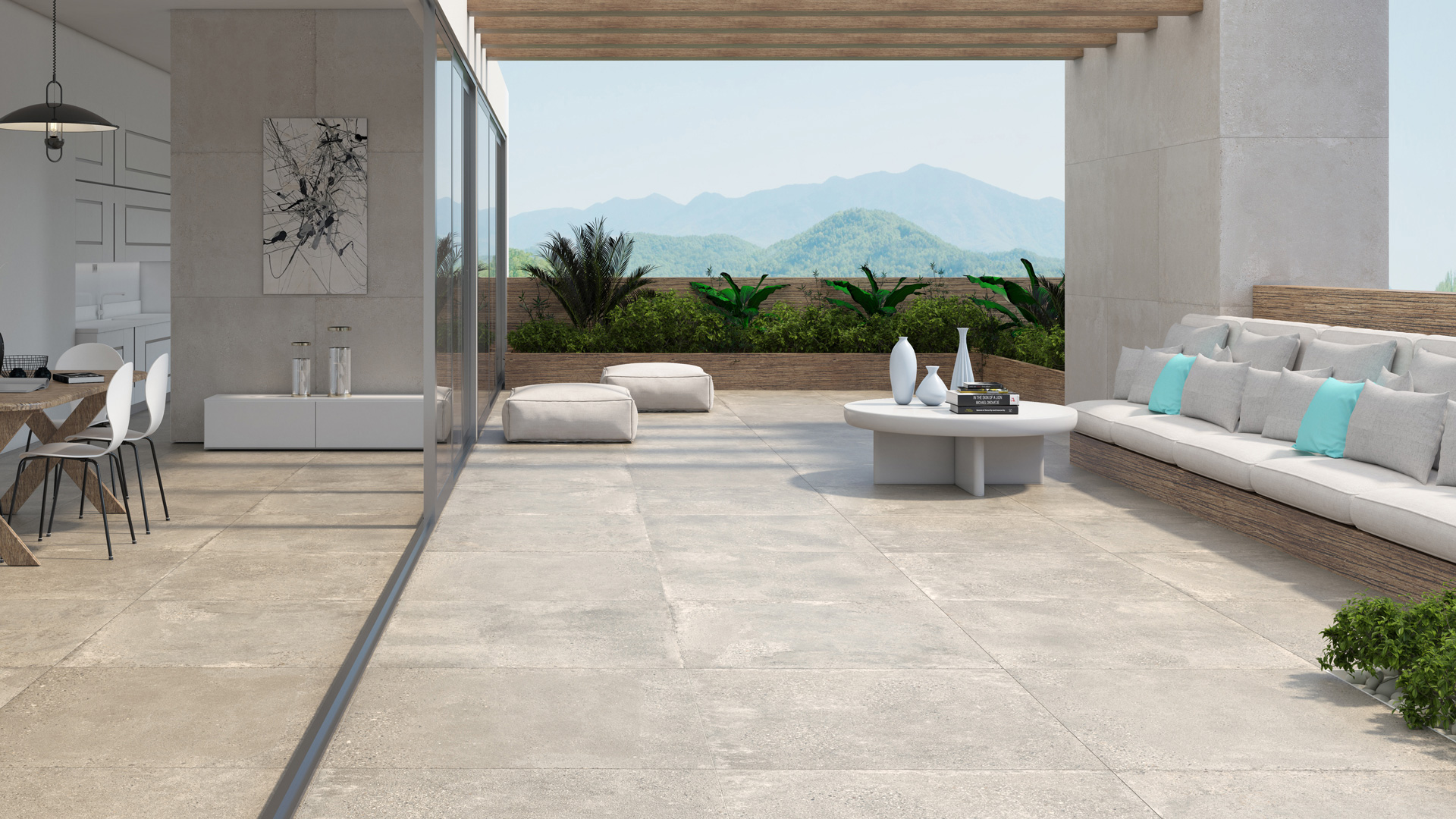
The Strengths of Iran’s Tile and Ceramic Industry
Iran’s tile and ceramic industry is deeply rooted in the country’s cultural and industrial legacy. Below, we outline the key strengths that position Iran as a significant player in the global market.
Abundant Raw Materials and Low Production Costs
One of the most significant advantages of Iran’s tile and ceramic industry is its access to abundant raw materials. Over 90% of the materials required for production, such as clay, silica, and feldspar, are sourced domestically, reducing reliance on imports and minimizing currency-related challenges. This availability of raw materials, coupled with relatively low labor and energy costs, allows Iranian manufacturers to produce tiles at competitive prices compared to global counterparts like Italy and Spain. For instance, the cost of production in Iran is notably lower than in China, where production costs average around $5.3 per square meter, compared to Iran’s approximately $4.2.
Rich Cultural Heritage and Design Expertise
Iran’s tile-making tradition dates back millennia, with archaeological evidence from sites like Chogha Zanbil and Susa showcasing intricate ceramic artistry. This historical expertise translates into modern production, where Iranian tiles often feature unique designs inspired by Persian art and architecture. The ability to combine traditional aesthetics with contemporary technology enables manufacturers to cater to diverse consumer preferences, particularly in markets valuing bespoke and culturally rich designs.
Significant Production Capacity
Iran boasts a robust production capacity, with an installed capacity of over 720 million square meters annually, of which approximately 450 million square meters were produced in 2021. This scale places Iran among the top global producers, trailing only behind powerhouses like China, India, and Spain. The industry’s ability to scale production, coupled with investments in modern machinery from countries like Italy, ensures that Iran can meet both domestic and international demand efficiently.
Growing Export Markets
Iran ranks as the fifth-largest exporter of tiles and ceramics globally, with exports reaching 100 million square meters annually, primarily to neighboring countries like Iraq and Afghanistan. The industry’s export growth, particularly in the Middle East, reflects its competitive pricing and ability to adapt to regional market needs. The gradual increase in export volumes from 2011 to 2019, despite fluctuations in dollar value, underscores the industry’s resilience in navigating global trade challenges.
The Weaknesses of Iran’s Tile and Ceramic Industry
While Iran’s tile and ceramic industry has notable strengths, it also faces significant challenges that limit its global competitiveness. Addressing these weaknesses is crucial for the industry to realize its full potential.
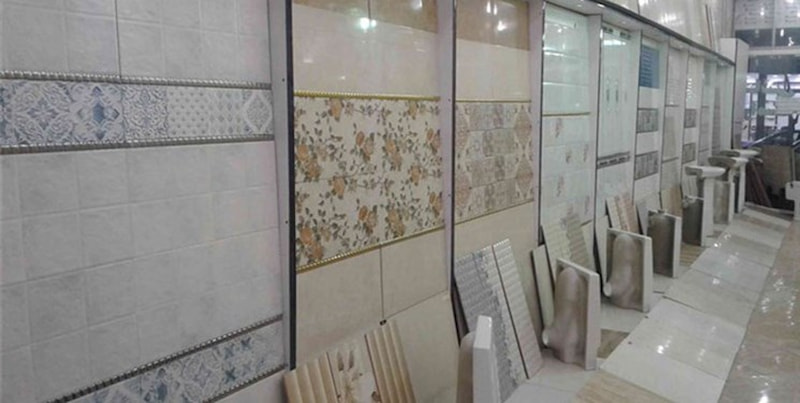
Overproduction and Market Saturation
One of the primary challenges facing the industry is overproduction. Iran’s production capacity far exceeds domestic demand, with annual production nearly double the country’s consumption. This surplus has led to saturated domestic markets and an accumulation of unsold inventory, forcing manufacturers to sell at low prices in export markets. The lack of strategic planning in capacity expansion has exacerbated this issue, with investments often driven by short-term profit motives rather than market research.
Weak Branding and Marketing Strategies
Despite its production prowess, Iran’s tile and ceramic industry struggles with weak branding on the global stage. Unlike competitors like Italy and Spain, which are renowned for premium, high-value products, Iranian tiles are often perceived as low-cost alternatives. The absence of a strong national brand identity, coupled with inadequate marketing efforts, limits Iran’s ability to penetrate high-value markets in Europe and North America.
Technological and Innovation Gaps
While some Iranian manufacturers have adopted modern machinery, the industry as a whole lags in research and development (R&D) and innovation. Many factories rely on outdated production techniques, resulting in lower-quality products that struggle to compete with the superior finishes of European tiles. Additionally, the industry’s focus on mass production rather than specialized, high-value products limits its appeal in premium markets.
Export and Financial Challenges
Exporting tiles and ceramics presents logistical and financial hurdles. The lack of Iranian banking infrastructure in key export markets complicates currency transactions, leading to delays and inefficiencies. High banking fees, such as the 18% interest rates on loans in Iran (compared to less than 8% in India), further strain manufacturers’ finances. Additionally, geopolitical tensions and sanctions have restricted access to certain markets, impacting export growth.
Energy Consumption and Environmental Concerns
The tile and ceramic industry is energy-intensive, relying heavily on natural gas and electricity. In Iran, where energy costs are subsidized, this has led to inefficiencies in energy use and a lack of focus on sustainable practices. As global markets increasingly prioritize eco-friendly production, Iran’s high energy consumption and limited investment in green technologies could hinder its competitiveness.
Opportunities for Growth and Global Competitiveness
To overcome its challenges and leverage its strengths, Iran’s tile and ceramic industry must adopt strategic measures to enhance its global standing. Below are key opportunities for growth.
Investing in Research and Development
Investing in R&D is critical for improving product quality and innovation. By developing advanced ceramics, such as anti-slip or eco-friendly tiles, Iran can cater to emerging global trends. Collaborations with international technology providers, like Italy’s Sacmi, can further enhance production capabilities, enabling manufacturers to produce high-value products that compete with European standards.
Strengthening Export Strategies
To expand its export markets, Iran must diversify its target regions beyond Iraq and Afghanistan. Countries in Central Asia, Africa, and Southeast Asia present untapped opportunities for growth. Establishing trade agreements, improving logistics infrastructure, and participating in international trade fairs can help Iranian manufacturers build stronger global networks. Additionally, addressing banking challenges through partnerships with foreign financial institutions could streamline export transactions.
Enhancing Brand Identity
Creating a strong national brand for Iranian tiles is essential for competing in premium markets. Manufacturers should emphasize the cultural heritage and artistic value of their products, positioning them as unique alternatives to generic mass-produced tiles. Marketing campaigns highlighting Iran’s historical expertise, combined with certifications for quality and sustainability, can enhance the industry’s global reputation.
Adopting Sustainable Practices
As environmental concerns grow, adopting sustainable production methods can give Iran a competitive edge. Investing in energy-efficient kilns, recycling waste materials, and exploring renewable energy sources can reduce costs and appeal to eco-conscious consumers. Certifications like ISO 14001 for environmental management can further enhance marketability.
Leveraging Digital Transformation
Digital transformation offers significant opportunities for the industry. By adopting digital printing technologies, manufacturers can produce customizable, high-resolution designs that meet diverse consumer preferences. Additionally, leveraging e-commerce platforms and digital marketing can expand market reach, particularly in regions with growing construction sectors.
Case Studies: Leading Iranian Tile Manufacturers
To illustrate the industry’s potential, let’s examine two leading Iranian manufacturers that exemplify best practices in production and innovation.
Alvand Tile and Ceramic Company
Alvand Tile, based in Yazd, is one of Iran’s top producers, with an annual capacity of 12 million square meters. The company has invested in advanced Italian machinery, enabling it to produce a wide range of products, including porcelain and granite tiles. Alvand’s focus on quality has earned it certifications like ISO 9001 and recognition from the European EN159 standard, positioning it as a competitive player in both domestic and export markets.
Marjan Tile Company
Marjan Tile, with over 30 years of experience, is renowned for its diverse product portfolio and innovative designs. The company produces tiles in various sizes, including large-format 120×60 cm tiles, which are popular in modern architecture. By leveraging digital printing technology, Marjan caters to both domestic and international markets, demonstrating the potential for Iranian manufacturers to combine tradition with innovation.
Strategies for Competing Globally
To achieve global competitiveness, Iran’s tile and ceramic industry must adopt a multifaceted approach that addresses both internal and external challenges.
Policy and Government Support
Government policies play a crucial role in supporting the industry. Providing incentives for R&D, reducing export tariffs, and facilitating access to international markets can boost growth. Additionally, streamlining regulations for foreign investment, as seen in the case of the Chinese-backed Zagros Setoon Asia factory, can attract capital and technology to the sector.[](https://ceramicworldweb.ir/news/tiles/china-iran/)
Collaboration with International Partners
Partnering with global leaders like Italy and Spain can accelerate technological advancements and knowledge transfer. Joint ventures and licensing agreements can help Iranian manufacturers adopt cutting-edge production techniques, improving product quality and market positioning.
Training and Workforce Development
Investing in workforce training is essential for maintaining high production standards. By offering specialized programs in ceramic engineering and design, Iran can develop a skilled labor force capable of driving innovation and quality improvements.
Focus on Niche Markets
Rather than competing solely on price, Iranian manufacturers should target niche markets, such as luxury tiles or eco-friendly ceramics. By focusing on high-value segments, the industry can differentiate itself from low-cost competitors like China and India.
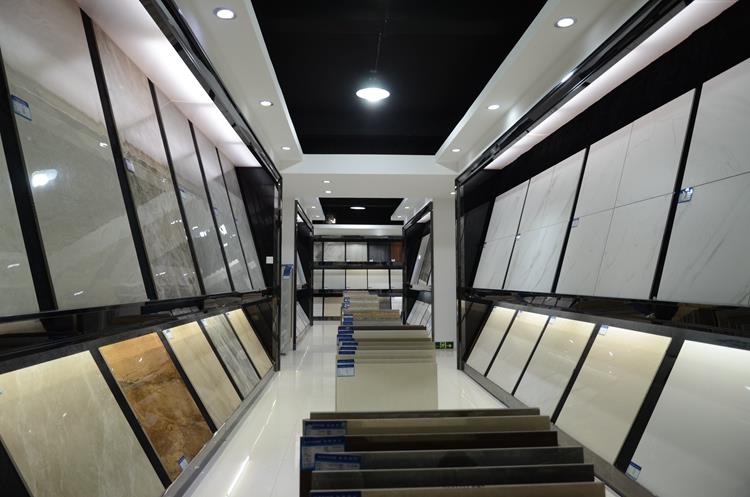
The Global Landscape: Learning from Competitors
To compete globally, Iran must learn from leading producers like Italy, Spain, and China. Italy, for instance, focuses on premium, custom-designed tiles, commanding higher prices despite lower production volumes. Spain excels in sustainability, with companies like Argenta Cerámica investing in photovoltaic systems to reduce emissions. China’s dominance stems from its massive production capacity and aggressive pricing, though it faces challenges in maintaining quality. By adopting elements of these strategies—such as Italy’s focus on design, Spain’s sustainability initiatives, and China’s scale—Iran can carve out a unique position in the global market.
Conclusion
Iran’s tile and ceramic industry stands at a critical juncture, with immense potential to become a global leader. Its strengths, including abundant raw materials, significant production capacity, and a rich cultural heritage, provide a solid foundation for growth. However, challenges such as overproduction, weak branding, and technological gaps must be addressed to unlock this potential. By investing in R&D, strengthening export strategies, enhancing brand identity, and adopting sustainable practices, Iran can elevate its tile and ceramic industry to compete with global giants. The path to global competitiveness requires collaboration between manufacturers, policymakers, and international partners, but with strategic efforts, Iran’s tile industry can transform from a regional powerhouse to a global leader, showcasing the best of Persian craftsmanship on the world stage.
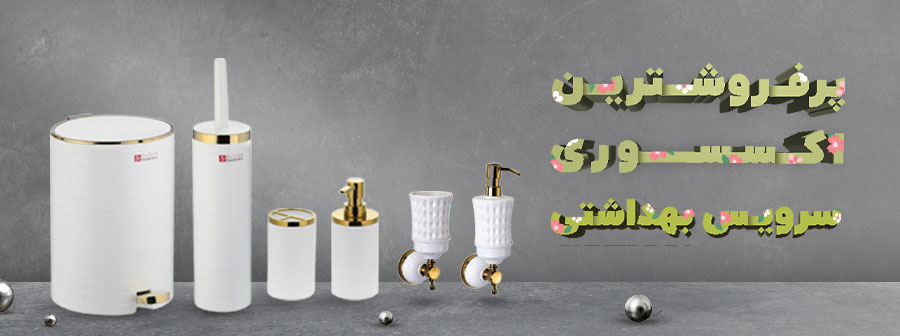
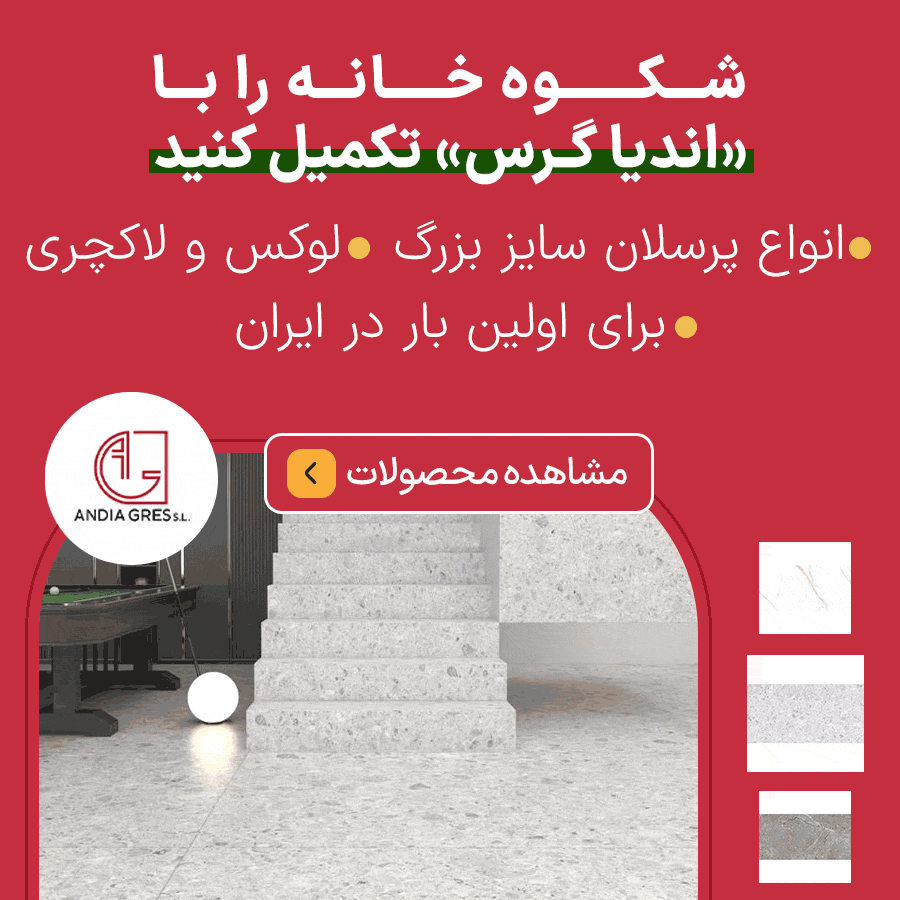
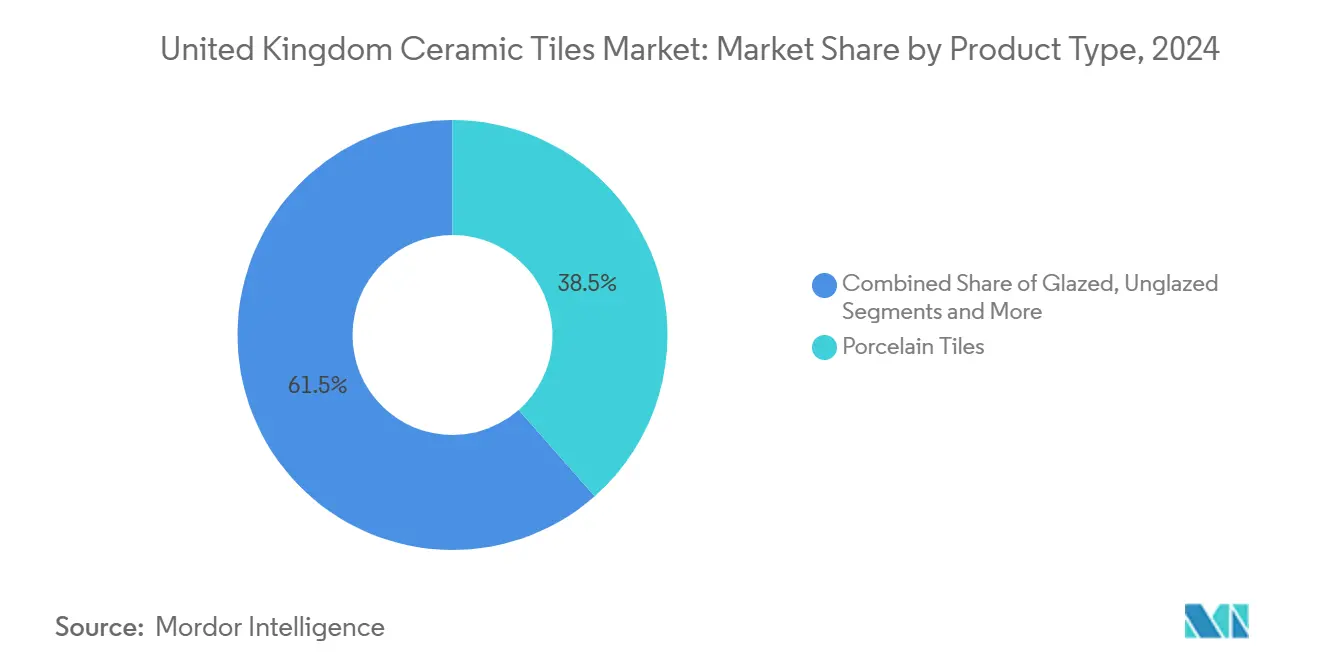

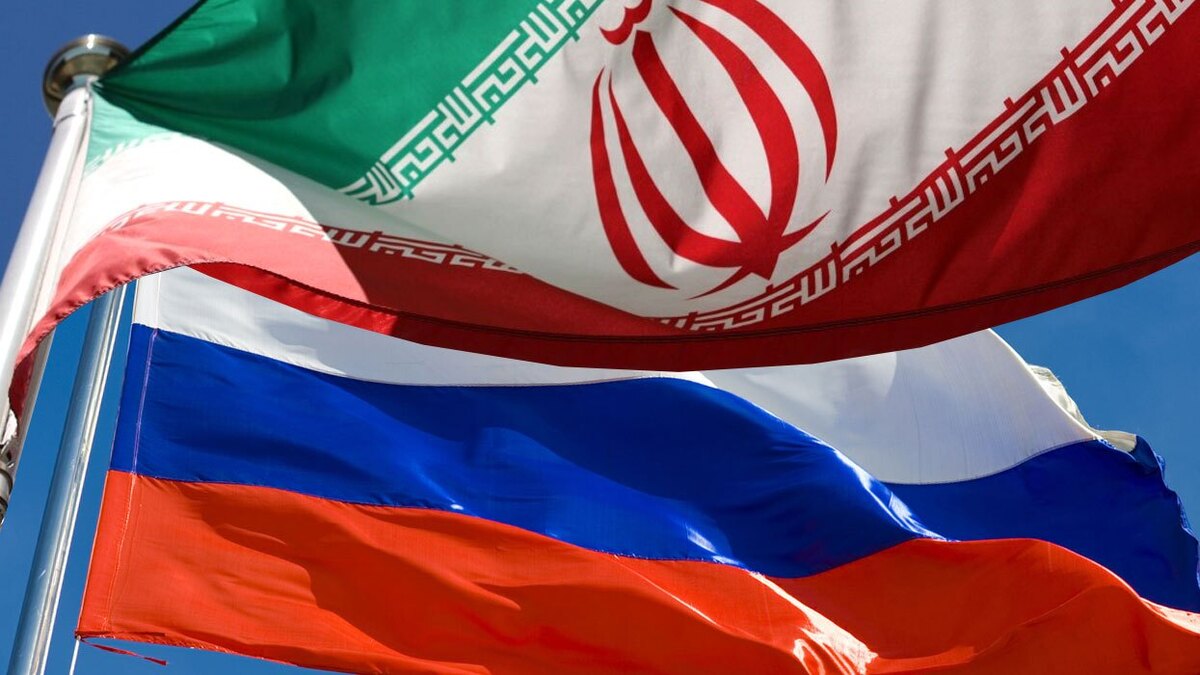

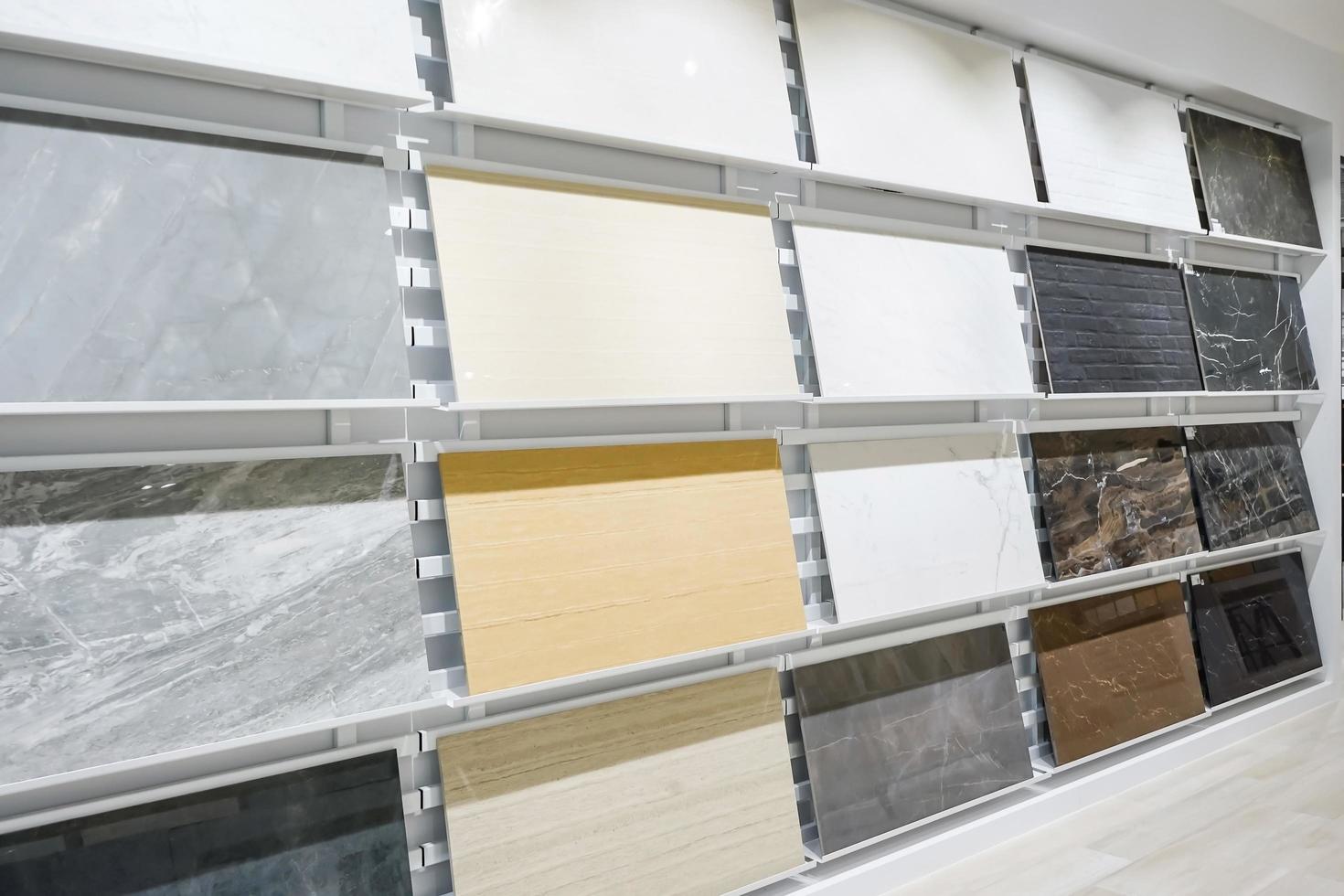

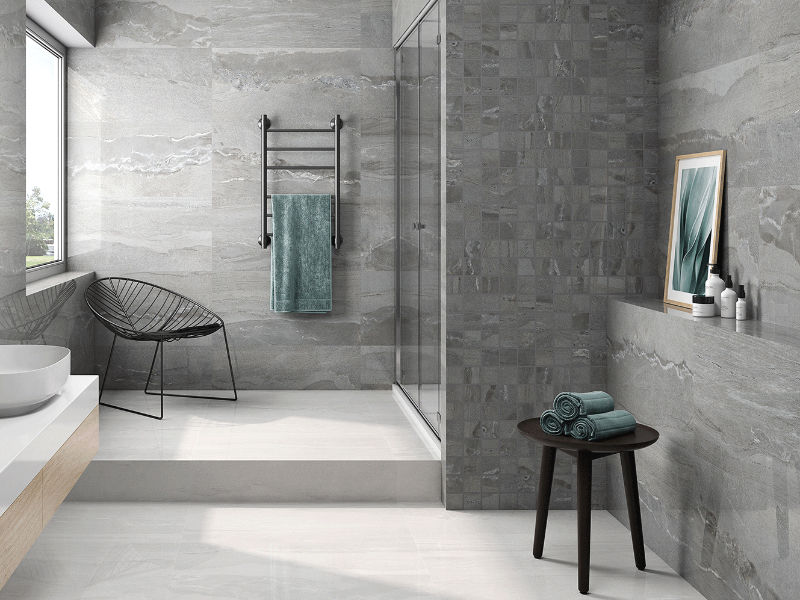
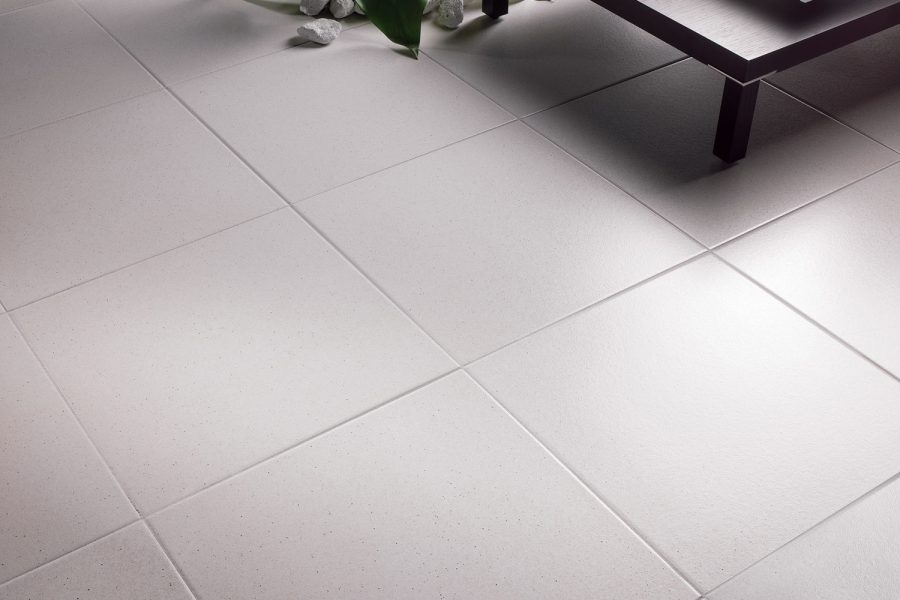
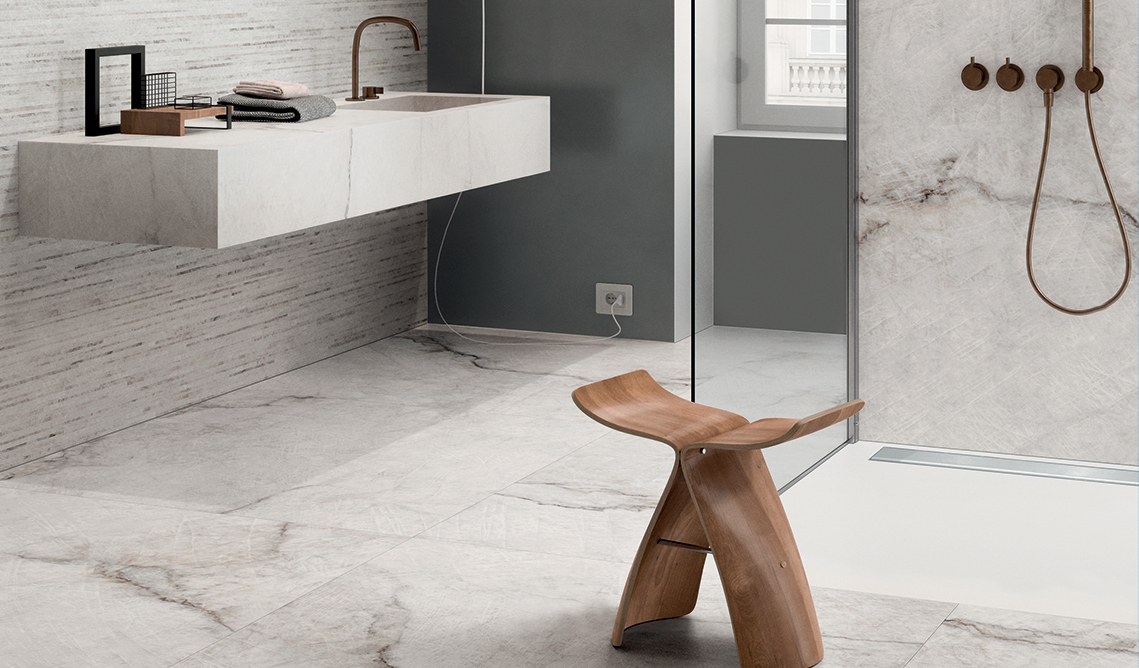
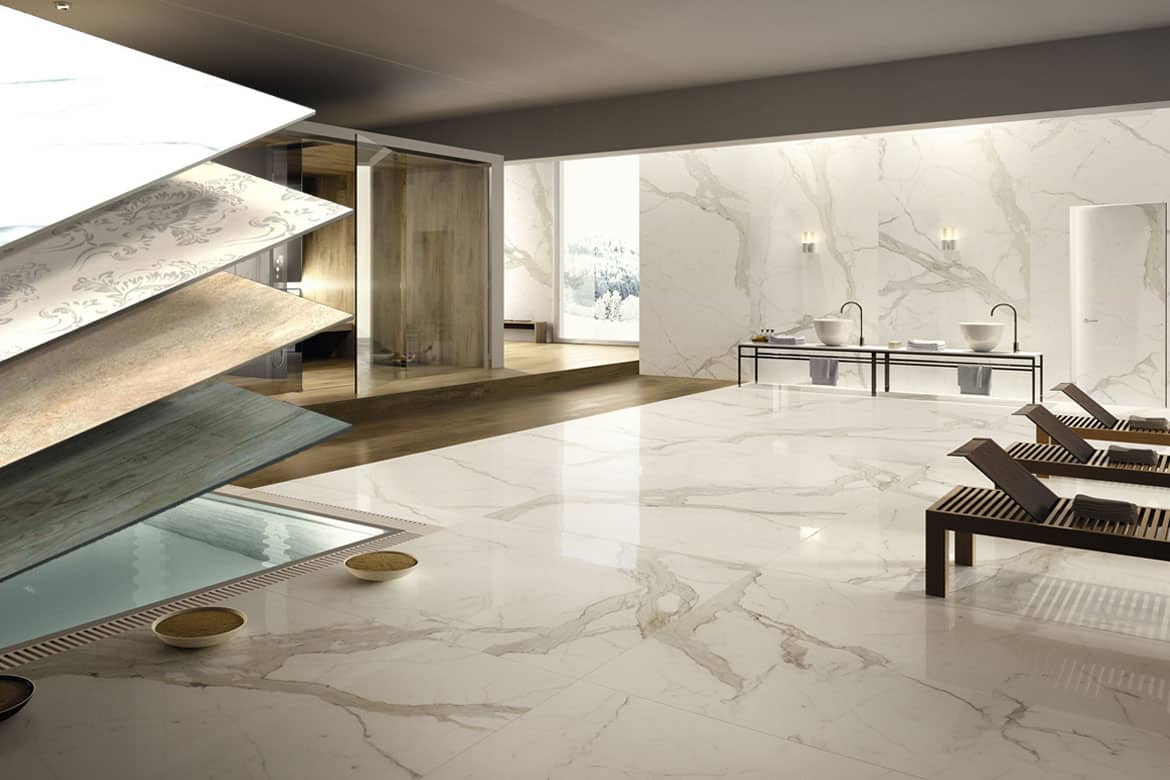
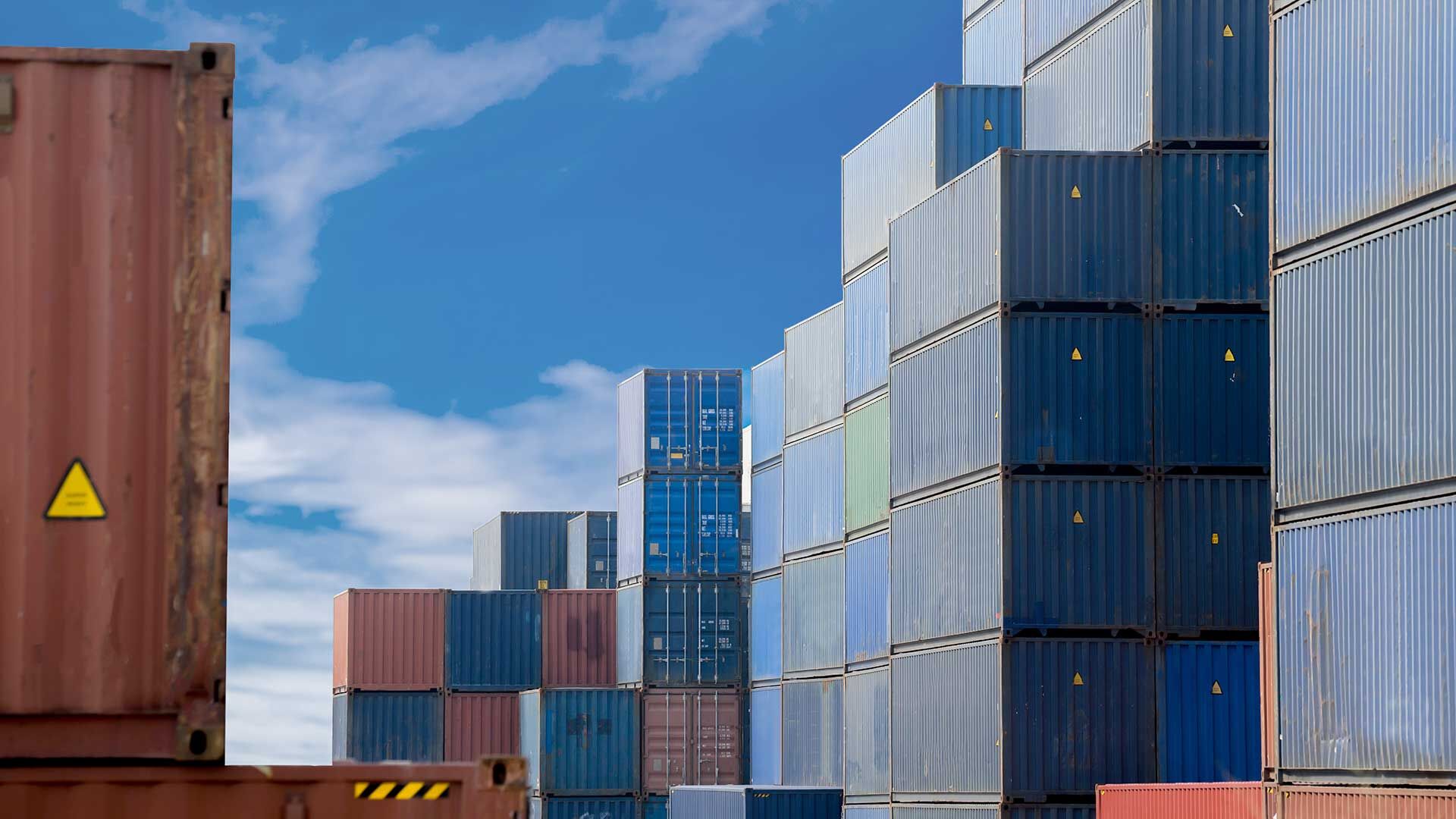
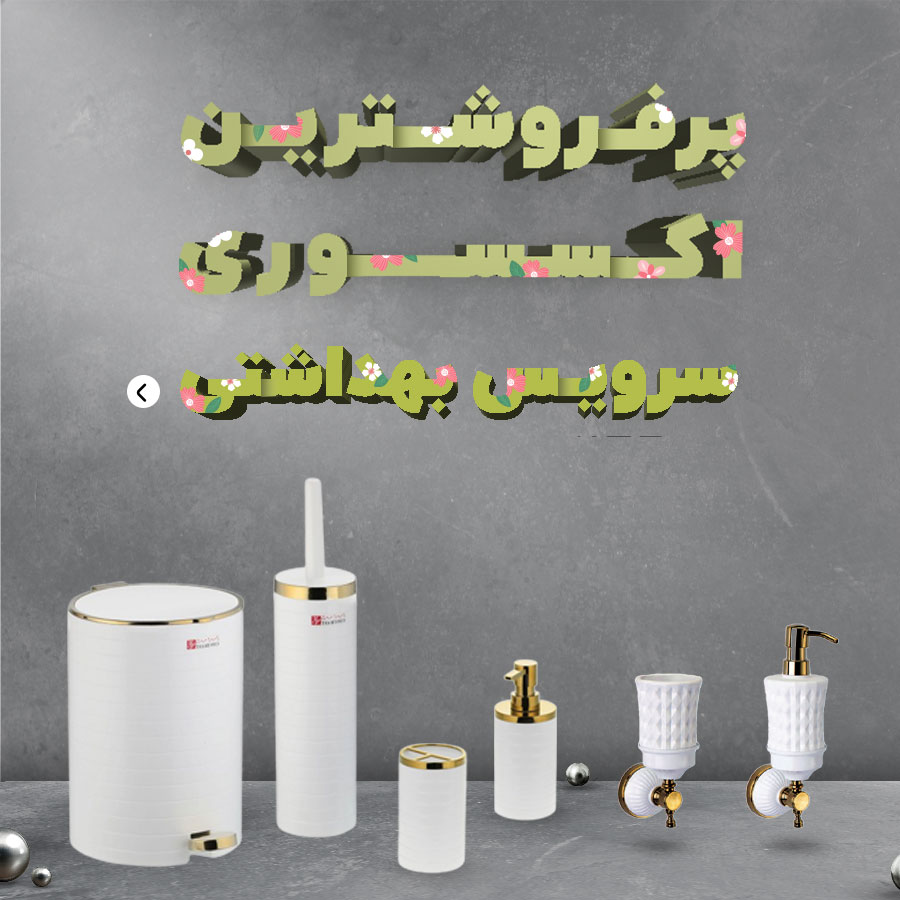

نظرات ۰